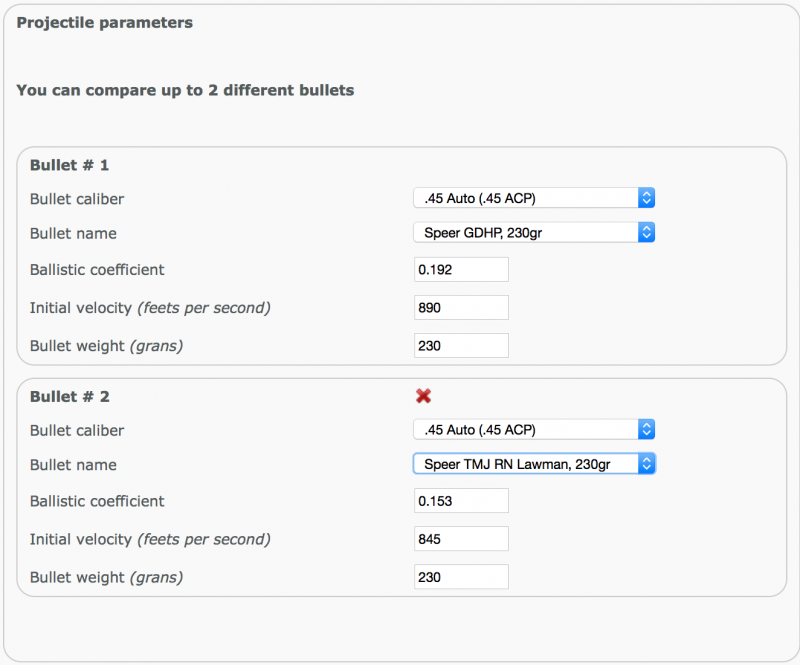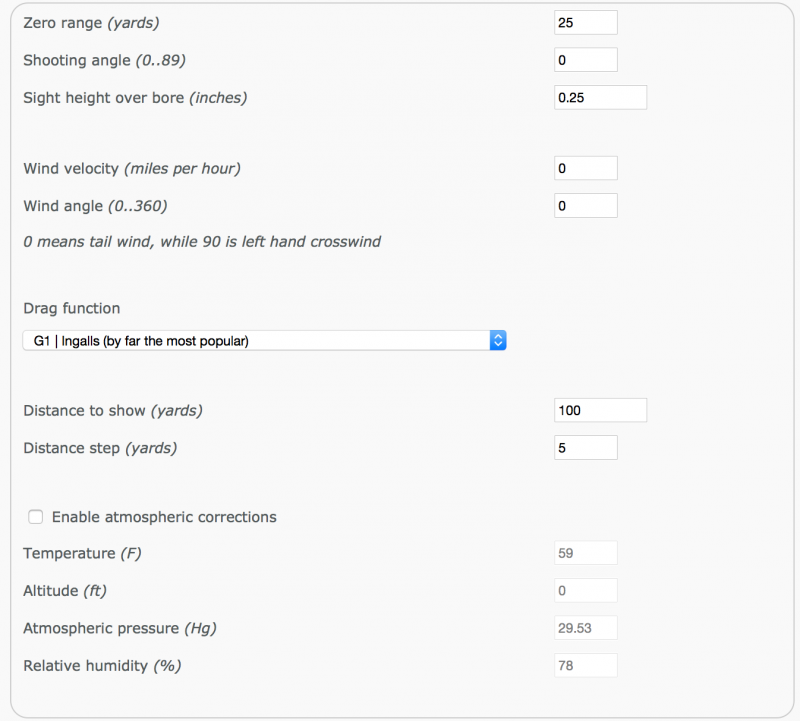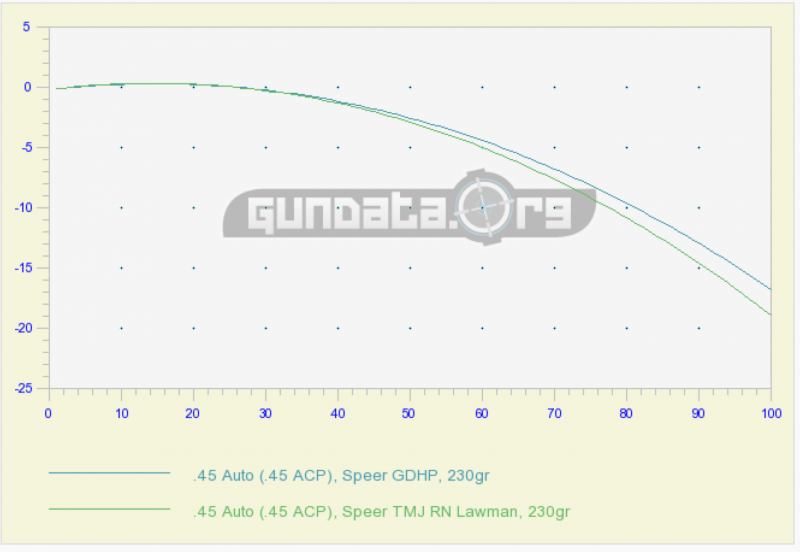Onward Allusion
New member
In reading a few threads and it sounds to me that the majority of concealed carriers do not practice often or practice with the same ammo they carry in their CC weapon.
#1 - If you are a concealed carrier, how often do you practice with your CC weapon or just practice - period? This answer here will probably be skewed due to it being presented on this site.
#2 - If you do practice do you use SD ammo? How many rounds and how often?
Personally, I rotate carry pieces and practice with mostly range/target ammo about twice a month. However, I also generally shoot a box of SD ammo during my range time. Now, my SD ammo isn't the $1.00 - $1.50 per round stuff. It's usually Fiocchi JHP's or Federal Hi Shok & Hydra Shok. Definitely not the latest technology but still SD-class ammo.
Just wondering what everyone else here does.
#1 - If you are a concealed carrier, how often do you practice with your CC weapon or just practice - period? This answer here will probably be skewed due to it being presented on this site.
#2 - If you do practice do you use SD ammo? How many rounds and how often?
Personally, I rotate carry pieces and practice with mostly range/target ammo about twice a month. However, I also generally shoot a box of SD ammo during my range time. Now, my SD ammo isn't the $1.00 - $1.50 per round stuff. It's usually Fiocchi JHP's or Federal Hi Shok & Hydra Shok. Definitely not the latest technology but still SD-class ammo.
Just wondering what everyone else here does.



